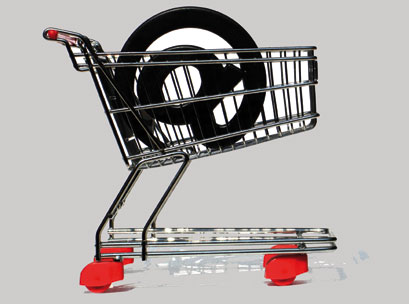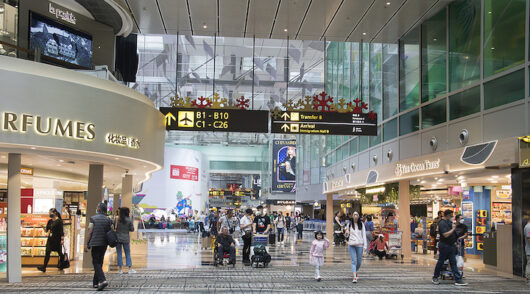Retailers must adapt their infrastructure to compete in the global e-commerce race, urges real estate services firm Jones Lang LaSalle.
As online retail sales are expected to exceed $1.2 trillion globally this year, retailers are under pressure to decide where, when and how packages should travel from dock to doorstep.
Global online sales currently account for four per cent of total retail sales and are growing at a rapid pace. In fact, global online sales grew 14.8 per cent per annum from 2007 to 2012 compared to total retail sales, which increased by just 0.9 per cent during the same period.
“Although developing economies currently lag behind developed economies in their e-commerce infrastructure, they may see stronger e-commerce sales growth in the future,” said Jones Lang LaSalle president of industrial Craig Meyer.
By 2017, the highest rates of B2C e-commerce sales growth are predicted to occur in Indonesia, China, India and Mexico. In contrast, growth rates in mature markets will be measured, although markets such as the US and UK are still expected to post annual double-digit growth rates.
In emerging markets like China and India, e-commerce supply chains are evolving in highly divergent ways, influenced by regulatory, economic and cultural factors.
In China, the first wave of e-commerce warehouse space was concentrated in tier-one cities such as Beijing, Shanghai and Guangzhou, but since 2011 major e-commerce firms are setting up distribution centers in emerging inland retail markets too.
While in India, online retail accounts for less than one per cent of total retail spending. E-commerce-related warehousing is designed to serve tier-one cities. The country’s multiple tax structure has encouraged decentralised warehouse networks with small state-based facilities.However, the soon-to-be implemented goods and services tax (GST) will encourage consolidation of distribution networks and will fuel demand for larger distribution centres.
“Eventually emerging markets may surpass mature markets in pure volume owing to the size of their population,” said Jones Lang LaSalle head of retail e-commerce Kris Bjorson.
“We believe that e-commerce gives retailers the potential to reach new customers that physical locations cannot, particularly in remote, rural locations. As more and more consumers embrace e-commerce as a safe and convenient way to purchase goods, retailers in developing countries will invest in logistics models exposing new products to new populations.”
Bjorson said that in the next five years, real estate will transform to become channel-agnostic, and to support near-instant gratification.
“Large centralised return processing centers will serve as hubs, supporting local package centers offering both pick-ups and returns,” he said.






